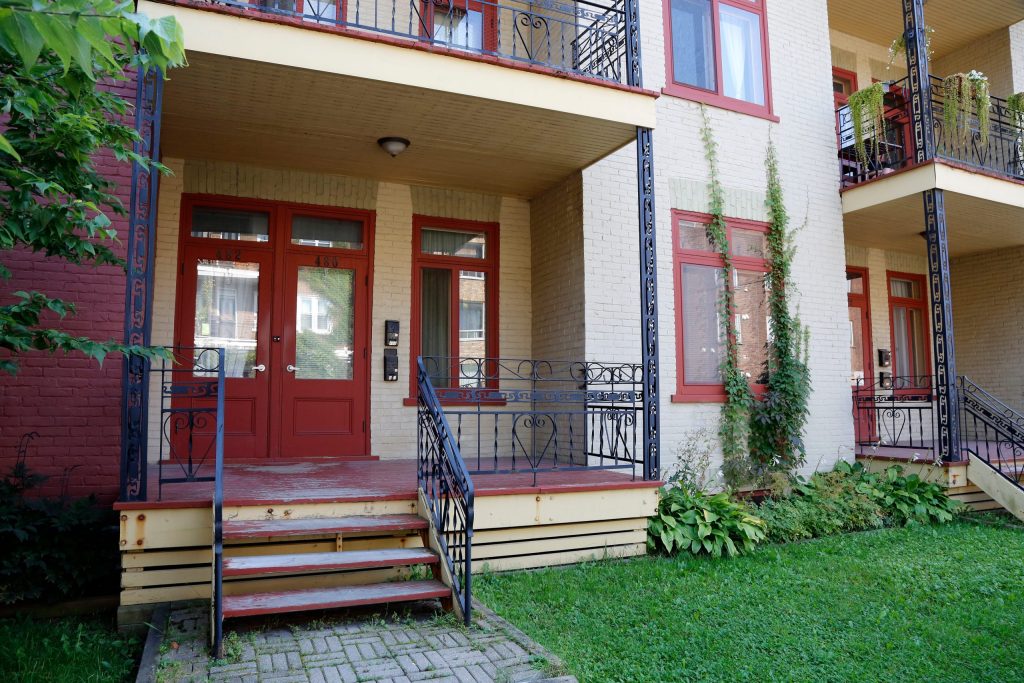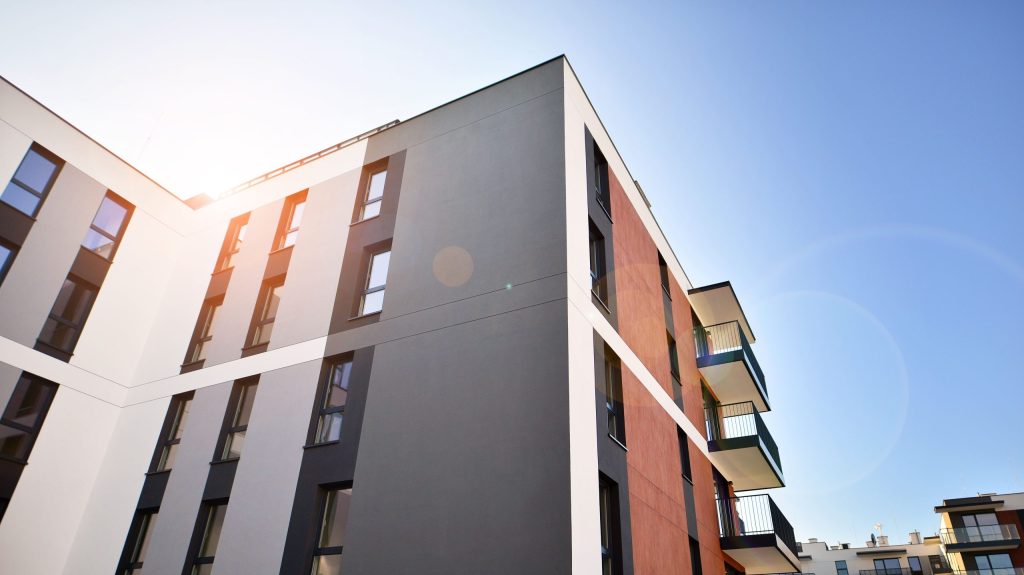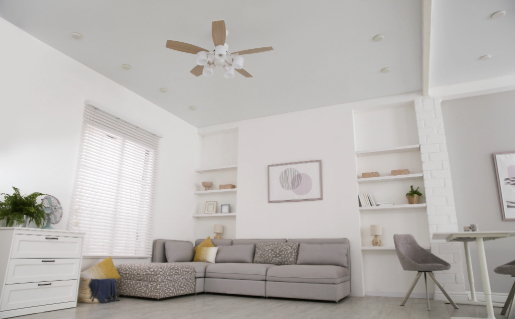Choosing between a ground floor vs top floor apartment is a common dilemma for home seekers. Whether you’re renting or buying, the floor level of your apartment can significantly influence your lifestyle, comfort, and even your monthly expenses. Some prioritise easy accessibility, while others chase the serene views from the top. So, ground floor or top floor flat, which one should you go for?
Let’s explore the characteristics, pros, cons, and key differences between these options to help you make an informed decision.

Before diving into the benefits and drawbacks, let’s first clarify what is ground floor in an apartment building. The ground floor refers to the floor of a building that is at street level. In some countries, it’s called the “first floor,” while in others, it’s referred to as the “ground floor” to distinguish it from the floors above.
In apartment buildings, ground-floor units are priced for their direct access to outdoor spaces, eliminating the need for elevators or stairs. These apartments are particularly suitable for families with young children, elderly residents, and people with mobility challenges. When weighing the pros and cons of ground floor vs top floor apartment options, factors such as lifestyle needs, convenience, and ease of access play a significant role in making the right choice.
The decision to live on the ground floor comes with its unique set of advantages and limitations. Understanding the ground floor apartment pros and cons can help you determine if this option aligns with your lifestyle needs.
1. Easy Accessibility
Ground floor apartments provide effortless access without the hassle of elevators or staircases. This is especially beneficial for senior citizens, people with disabilities, and families with strollers or pets.
2. Convenient for Moving In and Out
Moving furniture and heavy items is much easier when you live on the ground floor. You can load and unload without the logistical headaches of tight stairwells or elevators.
3. Access to Outdoor Spaces
Many ground floor units come with patios, private gardens, or terraces. This offers opportunities for gardening, outdoor dining, and creating a private green space in an urban setting.
4. Cooler in Summer
Ground floor apartments typically stay cooler during hot months, making them a good option for those who are sensitive to heat or are trying to minimise air conditioning costs.
5. Pet-Friendly
If you own pets, especially dogs, a ground floor apartment allows for easy outdoor access, making bathroom breaks and walks simpler.
1. Less Privacy
Being at street level means people walking by may easily see into your windows unless you invest in curtains or frosted glass. This can make privacy a concern.
2. Higher Noise Levels
Noise from street traffic, pedestrians, or communal areas can be more pronounced on the ground floor. If your unit faces a busy road, this might be bothersome.
3. Security Concerns
Ground floor units may be more vulnerable to break-ins compared to higher floors. Installing additional security systems or grilles may be necessary.
4. Dampness and Pests
Proximity to the ground makes these units more susceptible to damp conditions, mould, and pest infestations, particularly in older buildings.
5. Limited Views
Unlike higher floors, ground floor units rarely offer expansive views, which might be a drawback for some residents.

Living on the top floor is often associated with prestige and exclusivity. But what makes it unique? Let’s explore the benefits of top floor flat living, especially when comparing the first floor vs top floor apartment options.
Top floor apartments are located on the highest level of a building, often offering panoramic views, enhanced privacy, and quieter living environments. When evaluating ground floor vs top floor apartment choices, many people are drawn to the top floor for its peaceful ambience, scenic outlook, and elevated sense of exclusivity.
Just like ground floor living, the top floor also has its share of perks and pitfalls. Here’s a comprehensive guide on the pros and cons of top floor flat, including the advantages and disadvantages of living on the top floor.
1.Better Views
The most celebrated of all benefits of living on top floor is the spectacular view. Whether it’s cityscapes, greenery, or water bodies, higher floors offer unobstructed vistas that lower floors simply can’t.
2. Enhanced Privacy
Living on the top floor means fewer disturbances from street noise or passersby peeking into your windows. There is generally less foot traffic in front of your door.
3. Natural Light and Ventilation
Top floor flats often enjoy more sunlight and better airflow, contributing to a bright and breezy living space.
4. Reduced Noise
Since you have no upstairs neighbours, you’re less likely to hear footsteps or furniture moving above you.
5. Perceived Status
In many cultures and urban settings, the top floor is considered a premium choice, sometimes even featuring penthouses, adding to the social prestige.
1. Heat Retention
A significant disadvantage of top floor flat is excessive heat, particularly during summer. Many wonder, do top floor apartments get hotter? The answer is yes because of direct exposure to sunlight, top floors can become uncomfortably warm without proper insulation or air conditioning.
2. Accessibility Issues
In the event of a power outage or elevator malfunction, accessing a top floor apartment can be inconvenient and tiring.
3. Higher Maintenance Costs
Top floor residents often face higher cooling costs due to heat buildup. Roof repairs or maintenance issues like water leakage can also impact these units first.
4. Moving Challenges
Shifting large furniture or moving in and out can be cumbersome on the top floor, especially if the building lacks a service elevator.
5. Emergency Risks
In emergencies like fires or earthquakes, evacuating from the top floor may take longer, posing a potential safety risk.
The key difference between top floor vs ground floor apartments lies in access, privacy, noise, and temperature. Ground floor units are easier to access, cooler in summer, and often come with private outdoor spaces. However, they tend to be noisier, less private, and more exposed to security risks.
Top floor apartments, on the other hand, offer greater privacy, quieter living, and better views. But they can be hotter, harder to access during elevator issues, and may have higher cooling costs. The choice ultimately depends on whether you value convenience or prefer privacy and scenic surroundings.

Your choice between a ground floor or top floor largely depends on your personal needs and lifestyle preferences. If you’re still wondering, do top floor apartments get hotter? Yes, but with proper ventilation, insulation, and air conditioning, this can be managed.
When considering which floor is the best to live in, and the preference is accessibility, easy outdoor access, and cooler temperatures, the ground floor might be ideal. Alternatively, if you value privacy, great views, and a quieter environment, the top floor is worth considering.
The ground floor vs top floor apartment debate has no one-size-fits-all answer. Ground floor units offer convenience, outdoor access, and cooler temperatures but may lack privacy and security. In contrast, top floor apartments promise panoramic views, privacy, and peace at the cost of potential heat retention and higher maintenance.
Ultimately, weigh the ground floor or top floor flat options based on what matters most to you: accessibility, security, privacy, or aesthetics. And if you need more expert advice on choosing your perfect apartment, visit the Confident Group to get the best personalised advice you were looking for.
1. What is the difference between ground floor and top floor?
The main difference lies in accessibility, privacy, noise levels, and temperature. Ground floor apartments are easily accessible but may be noisy and less private, whereas top floor units offer privacy, better views, and reduced noise but can be hotter and harder to access.
2. Is ground floor or top floor better?
Neither is universally better. Ground floor suits those needing easy access and outdoor space, while the top floor is better for those who prioritise privacy, views, and quiet living.
3. Which floor is best for rent?
The best floor for rent depends on your priorities. Ground floors are great for families, the elderly, or pet owners, while top floors appeal to singles or couples looking for tranquillity and views.

Looking to grow your wealth through real estate, but not sure where to begin? With India’s property market evolving rapidly, 2025 represents exciting opportunities for smart investors read...

Ever walked into a room that feels heavy and stagnant, like the air hasn’t moved? This often comes down to one overlooked detail: “air circulation in a room”. Proper airflow doesn’t ...
Comments